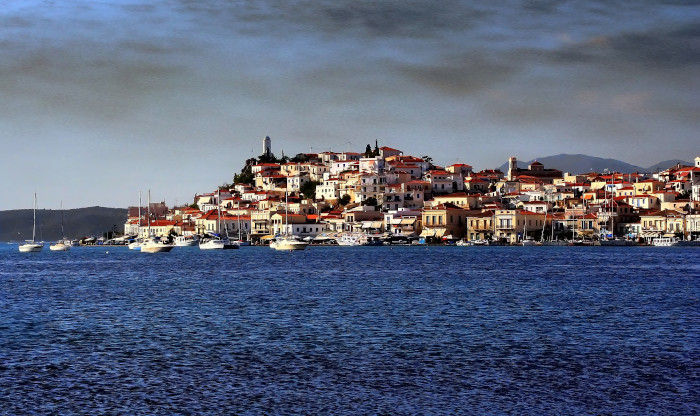In the northern part of the island there are the ruins of the Temple of Poseidon (520 BC) - god of the sea and protector of the island. The orator Demosthenes sought asylum in the Temple of Poseidon in 323 BC. where he committed suicide with poison in order not to surrender to the Macedonians.
On the rocky island of Modi or Liontari, to the east of Poros, an important naval settlement has recently been discovered that dates back to the last phase of the Mycenaean period (12th century BC), while at the site of Kavos Vassilis, on the NE side of the island, it was also discovered by the Hellenic Archaeological Service another great settlement of the 3rd millennium.
The Archaeological Museum of Poros exhibits findings dating from the Mycenaean to the Roman era.
To the east of the port is the small island of Bourzi, with the Eidek Castle built in 1827 by the Bavarian Philhellene K. Eidek (1788-1861) to protect the port. The resource played an important role during the revolution of 1821, from period of which many monuments are preserved. It was the seat of the governor Kapodistrias, while in 1828 a meeting of the three great powers took place on the island to determine the boundaries of the Greek state. In 1830, the first naval station of Greece was established in the port of Poros. Today the Commandery is a training center for the navy.
The Russian naval station was built in 1834 to supply the Russian Aegean fleet. The Russians maintained its ownership until 1900, while in 1989 it was classified as a preserved monument, due to its great historical and architectural interest.
Source: Municipality of Poros
http://www.poros.gr/
